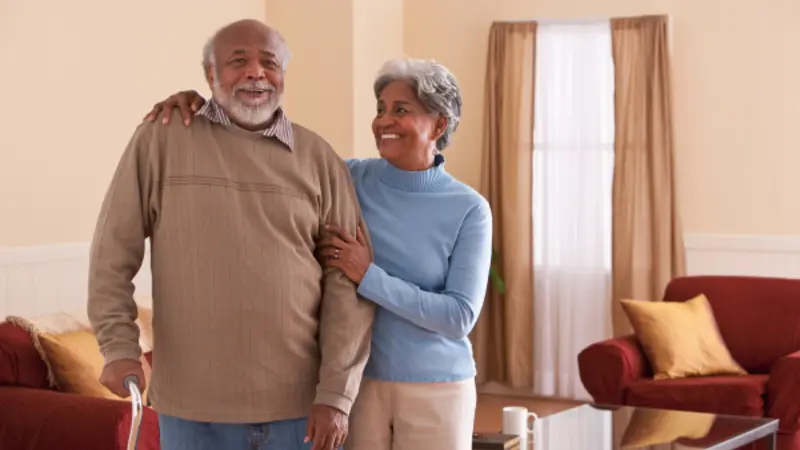Blog: Breathing your way to better health
Did you know that your breath is one of the most powerful tools you own?
Bringing your breath under control can help to calm an anxious mind. Just taking time to focus on your breath for a few minutes can be enough to settle your thoughts and clear your head.
There are proven health benefits of regulating the breath. It reduces anxiety and depression, it can help to regulate emotions, increase feelings of optimism and happiness, improve sleep and reduce addiction cravings.
And key to the use of breath practices to support older people is that conscious breathing can be done anywhere by anyone.
You can do them sitting down, lying down or out walking. You don’t need any equipment, it’s free and it’s available 24/7.
Breathing is automatic process. It’s the first and the last thing we do in life but how many of us give it much thought in the years in between?
We breathe between 12 and 16 times a minute, which adds up to about 18,000 breaths a day. The average 80 year old has clocked up almost seven billion breaths over a lifetime.
But although we breathe without having to consciously remind ourselves, breathing is also something we can control. We can – and should – stop and notice our breath.
So how does it work?
Breath is linked to the autonomic nervous system (which regulates glands, blood vessels, internal organs).
The autonomic nervous system is made up of two branches – the sympathetic nervous system (fight, flight or freeze) and the parasympathetic nervous system (quietens the mind – rest and digest). The parasympathetic nervous system is controlled by the Vagus Nerve (the ‘wandering nerve’).
Observing and regulating the breath during a period of anxiety or during a panic attack activates the parasympathetic nervous system to take over and stimulates the Vagus Nerve into making the mind relax.
Research shows that making the exhale longer than the inhale – for example inhaling to a count of 4 and exhaling to a count of 6 – is the most effective way of activating the parasympathetic nervous system.
In order to see how breathing practices can be used to help older people, let’s look at the damaging impact that loneliness can have on health and wellbeing.
Acute loneliness is a public health epidemic, creating chronic levels of anxiety and putting older people at greater risk of depression, low mood and cardiovascular disease. It also doubles the risk of developing dementia.
And while breathing practices alone can’t cure isolation, they can help people better handle some of the symptoms.
Observing the breath and bringing it under control activates the parasympathetic nervous system to reduce stress and in time regulated breath becomes a tool that can be used to stop an anxious mind from spiralling.
There is a growing body of scientific evidence to support the benefits of regulated breathing. But the best proof is to try it for yourself. Take a big breath in and a big breath out… and relax.


